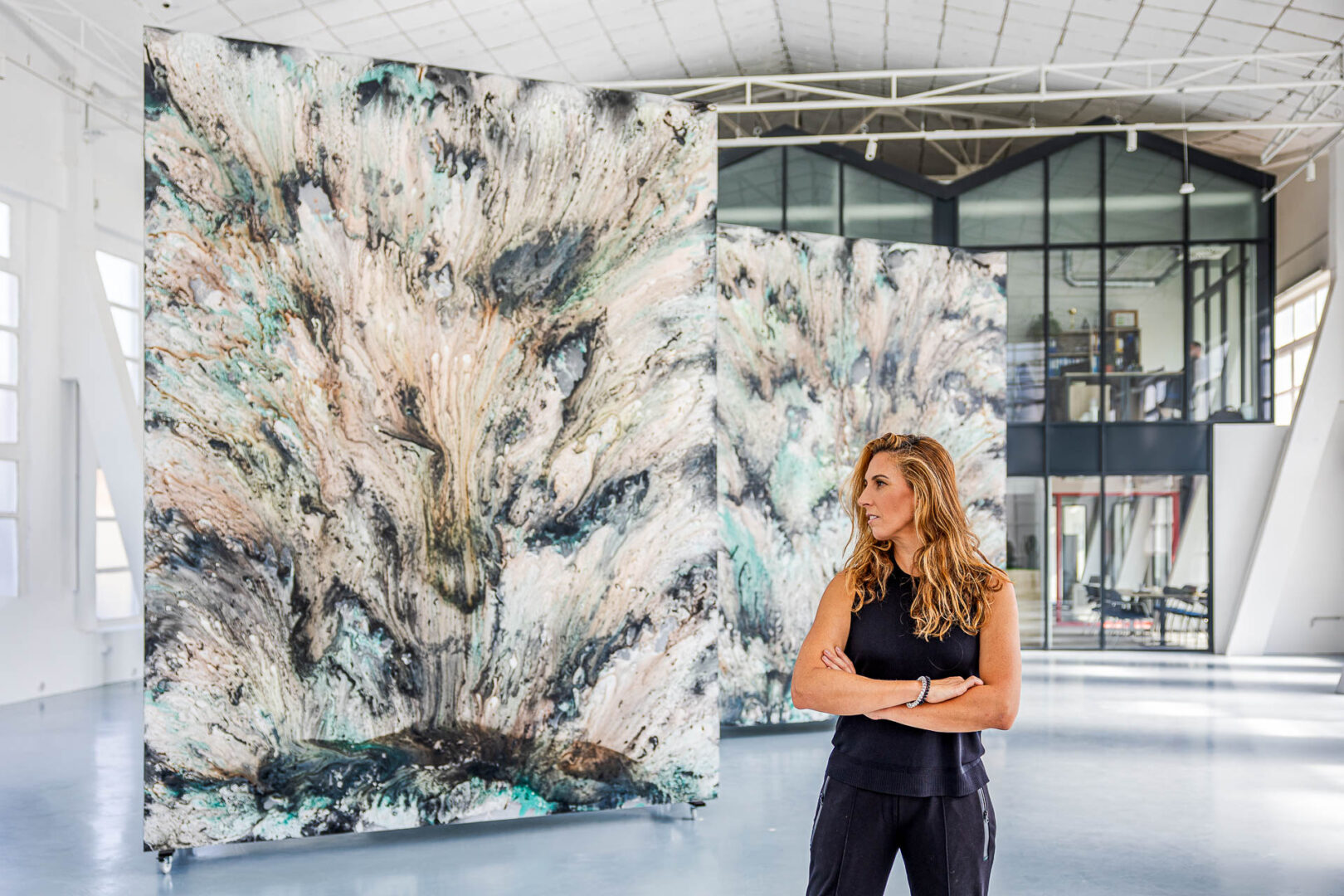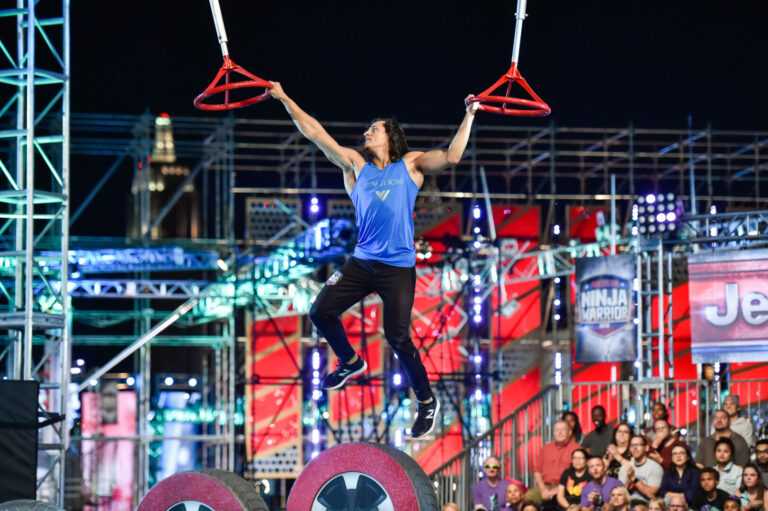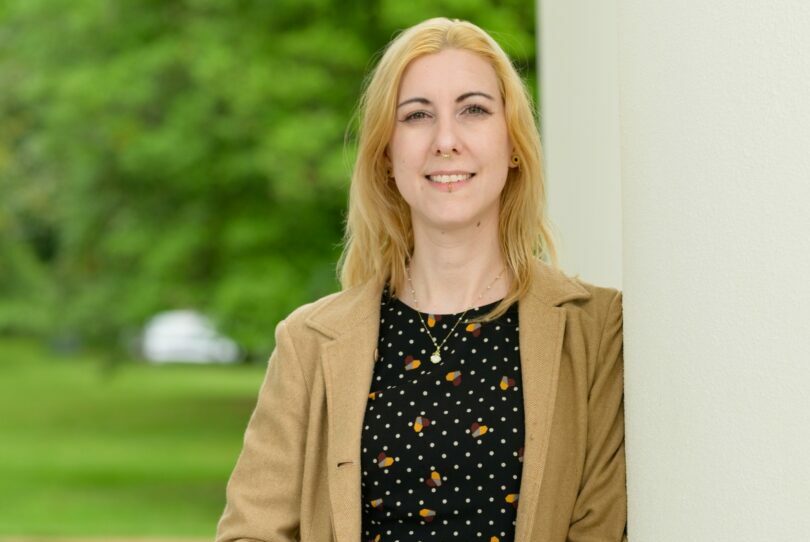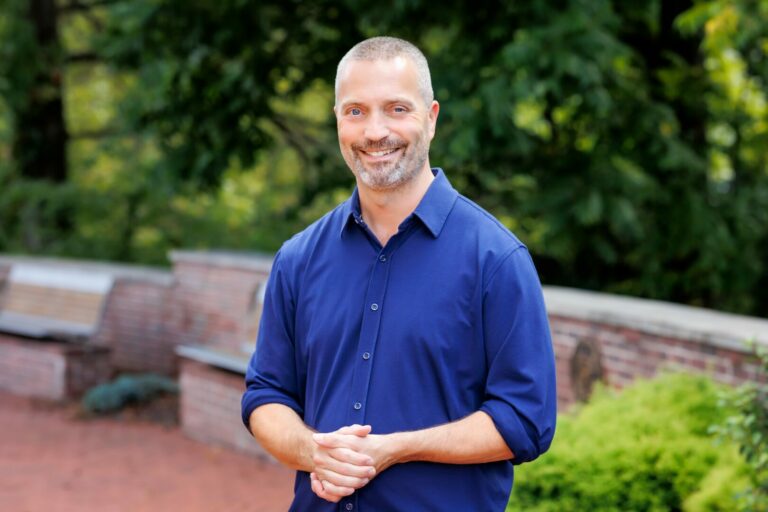We’re looking forward to introducing you to Marta Kucsora. Check out our conversation below.
Marta, it’s always a pleasure to learn from you and your journey. Let’s start with a bit of a warmup: What’s more important to you—intelligence, energy, or integrity?
I see these three qualities as inseparable — they exist in constant dialogue, just like the different forces that interact in my paintings. Intelligence gives form to intuition; energy animates it; and integrity holds everything together.
In my practice, intelligence is not only intellectual but also instinctive — a sensitivity to materials, reactions, and timing. Much of what happens in the studio is a kind of intuitive intelligence, learned through observation and surrender to natural forces. My process is never about control in a rigid sense; it’s about participating in a choreography of energy between myself, the medium, and the invisible dynamics that govern transformation. It’s ego-less in that way — I’m not imposing, but collaborating with gravity, chemistry, and time.
Energy is what sustains this dialogue. It’s physical, emotional, and almost elemental — the current that moves between intention and accident. It’s also what I draw from nature, which recharges me when the balance tips too far toward exhaustion or exposure.
Integrity, though, might be the hardest to maintain — especially in a life that splits between the private, introspective act of creation and the public, extroverted world of exhibitions. I treat success and recognition with humility, because they are only one layer of a much deeper, continuous process. Behind every show there’s another, quieter labor: managing a studio, coordinating installations, logistics, assistants, materials — all of which I had to learn by doing, not by formal education.
To sustain all of this — the creative solitude, the public presentation, the business realities — requires an alignment of those three qualities. Intelligence to adapt, energy to endure, and integrity to remain faithful to what is real and essential in the work.
Can you briefly introduce yourself and share what makes you or your brand unique?
I’m a painter and multimedia artist based in Budapest, and since 2006 I’ve also been the co-founder and manager of the Budapest Art Factory, an independent studio and project space.
My artistic work is rooted in a dialogue with natural forces — gravity, chemistry, light, and time. I often say that my paintings are not made by me, but through me. I see the studio as a living laboratory, where I collaborate with material reactions and invisible energies, allowing each work to unfold like a choreographed performance between control and chance.
Over the past few years, I have devoted myself to a series of large-scale international and institutional projects that demanded both physical endurance and deep focus.
My solo exhibition INCEPTION at Kunsthalle Budapest (Műcsarnok) in 2021 was a defining moment. It included monumental canvases — some reaching 3 × 5 meters (approximately 10 × 16 feet) — and a site-specific video installation, SUPERNATANT, created with analogue recording and natural sound. The installation evoked the sensation of a man-made universe in motion, merging human gesture with elemental resonance. To realize such a show, one must be both visionary and meticulous: every logistical step — from stretching canvases of that scale to coordinating sound, light, and installation — required precise planning and stamina.
In 2023, I realized another ambitious institutional project, STRETCH, at the Kepes Institute, which paid homage to the legacy of György Kepes. The exhibition featured a monumental triptych, each panel measuring 440 × 400 cm (around 14 × 13 feet), alongside a large-scale video installation, BEAUTIFUL ERROR. These projects were immense logistical and creative challenges: every stage — from production to transportation and installation — required precision, collaboration, and endurance. They pushed me to operate simultaneously as artist, director, and coordinator. In 2024, I returned to the Kepes Institute for SPACEMAKING, a group exhibition with world-class artists Vera Molnar, Judit Reigl, and contemporary artist Kati Vilim, bridging generations of artists exploring perception, movement, and transformation.
That same year, my solo exhibition Liminal Spaces at the Éva Kahán Foundation, curated by Viola Lukács, became one of my most complex spatial projects. It featured two monumental diptychs — each canvas 3 × 4 meters (around 10 × 13 feet) — installed in precise relation to the architecture of the space. The exhibition also included a massive analogue video work which expanded painting into time and movement. It was an enormous undertaking that required not only creative immersion but also strict organization — countless hours of coordination, scheduling, and communication with the curatorial and technical teams to ensure every element came together seamlessly.
Further solo exhibitions in 2024 included Less Orderly Ways at Patricia Low Contemporary Venice, and Never Step into the Same River Twice at CoBrA Gallery Shanghai, which coincided with the West Bund Art Fair, as well as Liquid Obsession at the Bunker West in Berlin.. Earlier, my US debut Super Natural (2021) at Postmasters New York introduced my process-based abstraction to a wider international audience. I am currently preparing a solo exhibition at Helvetika1575, a new contemporary art space in Zug, Switzerland, opening February 2026.
Each of these projects has taught me how to balance the visionary and the practical — the solitude of creation with the orchestration of immense, collaborative production. To realize work of this magnitude requires an almost architectural approach to artmaking: one must remain deeply focused, organized, and resilient while preserving the freedom and vulnerability that creation demands. For me, the process is both a physical and mental discipline — a continuous balancing act between vision and execution, intuition and structure, chaos and order.
Amazing, so let’s take a moment to go back in time. What relationship most shaped how you see yourself?
The most defining relationship in my life is the one I have with nature. It’s a constant dialogue — both grounding and expansive — that shapes how I perceive myself and my work. In nature, I observe endless systems of cause and effect, parallels and consequences that mirror the creative process itself. Every reaction, every shift of light or temperature, is a reminder of interconnectedness.
When I paint, I’m not separate from these forces; I’m part of them. The studio becomes an extension of the natural world — a microcosm where gravity, chemistry, and time perform their quiet choreography. I rely on this dialogue to recharge and to remain attuned to what is beyond human control or prediction.
Quantum physics has deepened this awareness. Its principles — uncertainty, entanglement, the idea that observation alters reality — resonate with my practice. My process often mirrors those invisible dynamics: I initiate a reaction, but the outcome unfolds in ways I can’t fully determine. There’s a kind of quantum field within the canvas, where energy and matter, intention and chance, coexist.
In this sense, my relationship with nature isn’t only physical or emotional — it’s also philosophical. It continually teaches me how to balance control and surrender, how to trust in the invisible logic of transformation.
What did suffering teach you that success never could?
Suffering has always been a teacher of depth — it refined my soul in ways that success never could. Every difficult moment has left something essential behind: a sense of perspective, humility, and clarity about what truly matters. Pain taught me to fight for a reason, to move with purpose, and to devote myself fully to the path I have chosen. It made me more focused, more resilient, and paradoxically, more open — both as a person and as an artist.
Success, on the other hand, is a beautiful confirmation — a sign that the work resonates, that the dialogue I create through painting reaches others. It fuels my dedication and encourages me to continue the journey. But it doesn’t define me.
In my private life, I remain grounded and modest. At home, I’m simply a woman and a mother — someone who loves to cook, jog, swim, and spend as much time in the sun and in nature as possible. The feeling of being an artist belongs to the studio, to the galleries, and to art events. Beyond those walls, I live a very simple, human life, and I find balance there. It’s in that ordinariness that I recharge — the quiet counterpart to the intensity of creation. Like everyone, I experience everyday pains, misunderstandings, and moments of doubt, but the studio becomes my medicine — a place of transformation, where the weight of life is absorbed into color, rhythm, and motion. In that process, what hurts gradually finds its harmony again.
Next, maybe we can discuss some of your foundational philosophies and views? What’s a belief or project you’re committed to, no matter how long it takes?
I’m deeply committed to creating work that exists for its own sake — not for commission, not for market demand, but for the process of discovery itself. Even though I often realize site-specific projects for exhibitions, the real core of my practice lies in the studio, where I invent and develop works without external expectation. Those are the projects that define me most — where I can explore, experiment, and take risks simply out of curiosity and devotion to the medium.
I’m constantly drawn to new challenges — whether that means pushing scale beyond what seems practical, or expanding into new mediums such as video, sound, glass, textile or installation. I enjoy testing the boundaries of what painting can become, and how it can respond to the times we live in. My studio is a self-contained universe, a microcosm where I reflect on both the environmental and existential crises surrounding us. Through these processes, I search for an order within chaos, for harmony in systems that appear unstable or unpredictable.
This ongoing search — to translate natural forces, human emotion, and collective uncertainty into a visual language — is a lifelong commitment. However long it takes, I remain devoted to that dialogue between creation and understanding, between matter and meaning.
Okay, we’ve made it essentially to the end. One last question before you go. Could you give everything your best, even if no one ever praised you for it?
Absolutely. For me, creation has never been about praise or recognition — it’s a way of existing. Art is not business; it’s an extension of life itself. When I work in the studio, I enter a parallel reality where time dissolves and everything becomes possible. It’s a deeply personal space — a time capsule to my inner self — where I can dream freely, without boundaries or expectations.
The studio is both a field of challenge and a playground. I approach creation with the same curiosity and joy a child brings to play. That sense of freedom, of discovery, is the purest motivation I know. My everyday life would feel incomplete without these moments of immersion. They restore me, balance me, and remind me why I chose this path in the first place.
Even if no one ever saw the work, I would still create — because the act itself is the reward.
Contact Info:
- Website: https://www.kucsora.com
- Instagram: @martakucsora
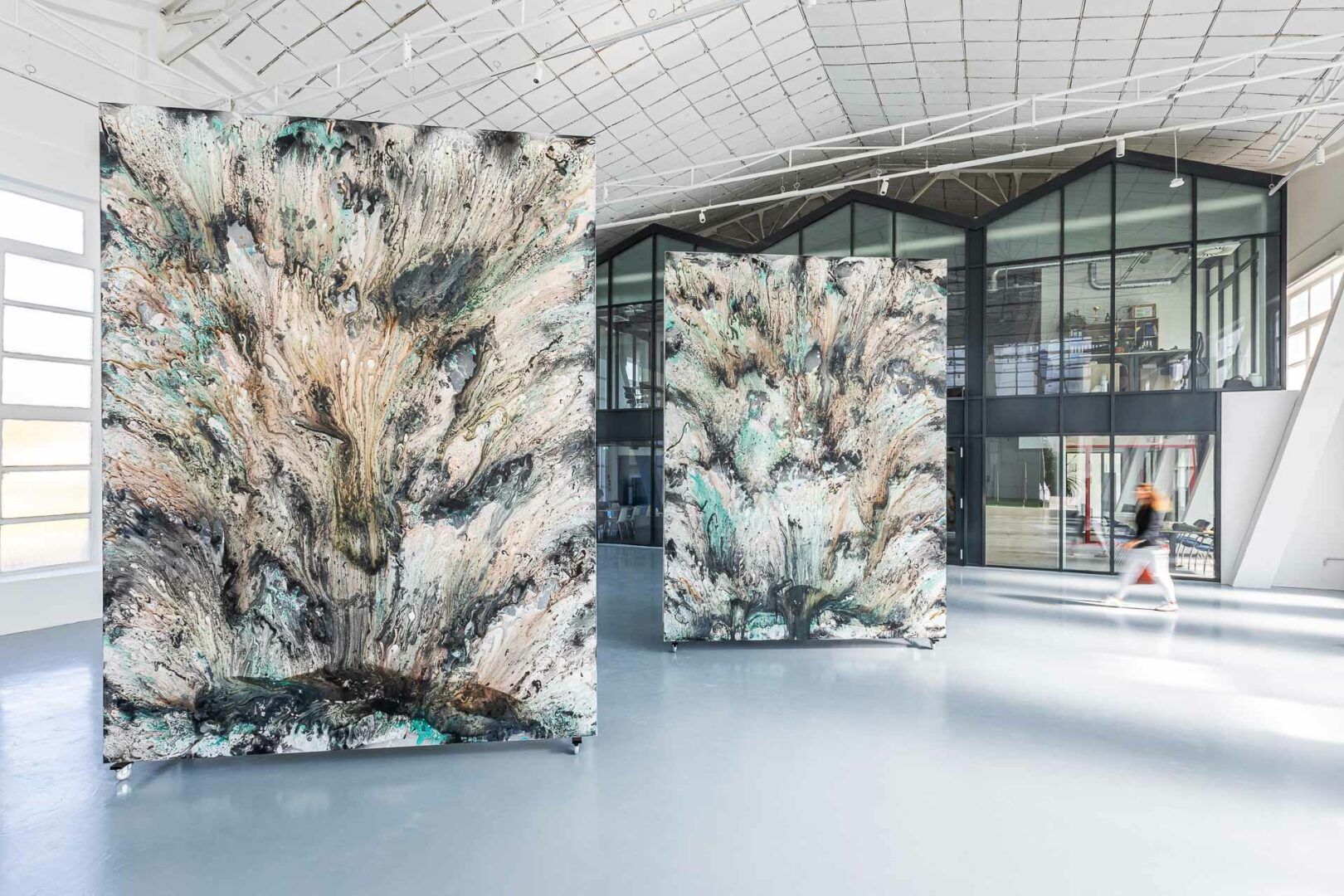

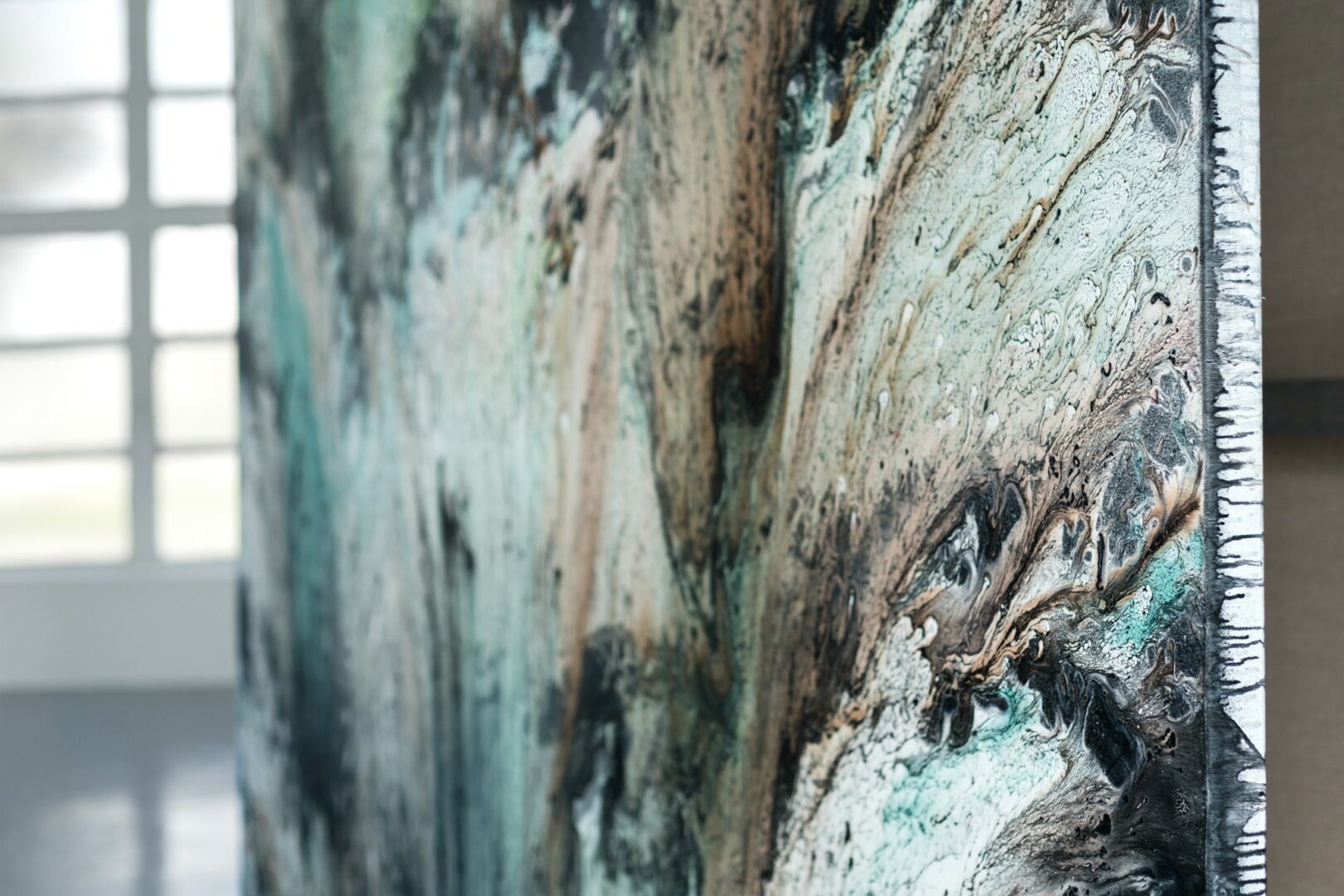
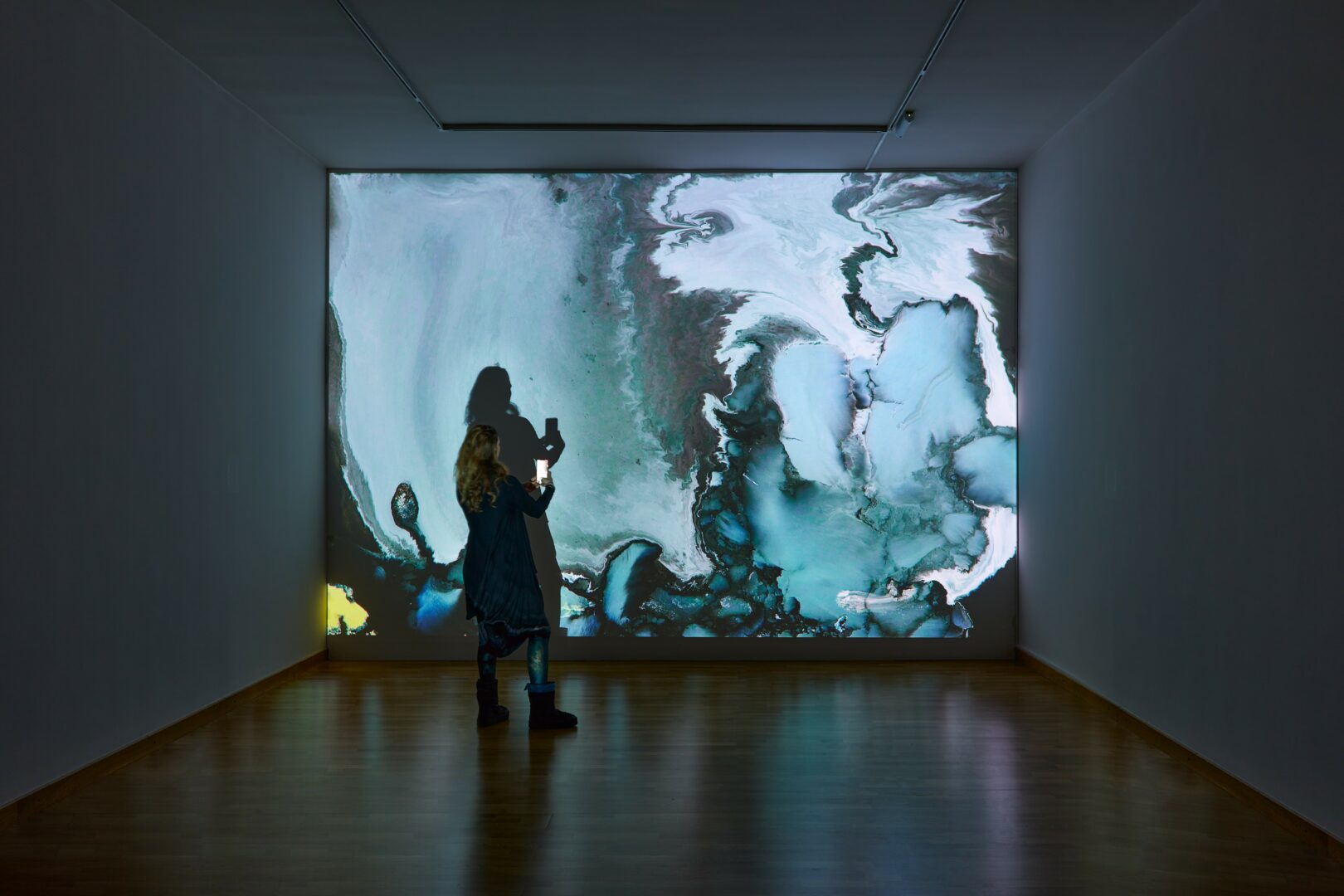
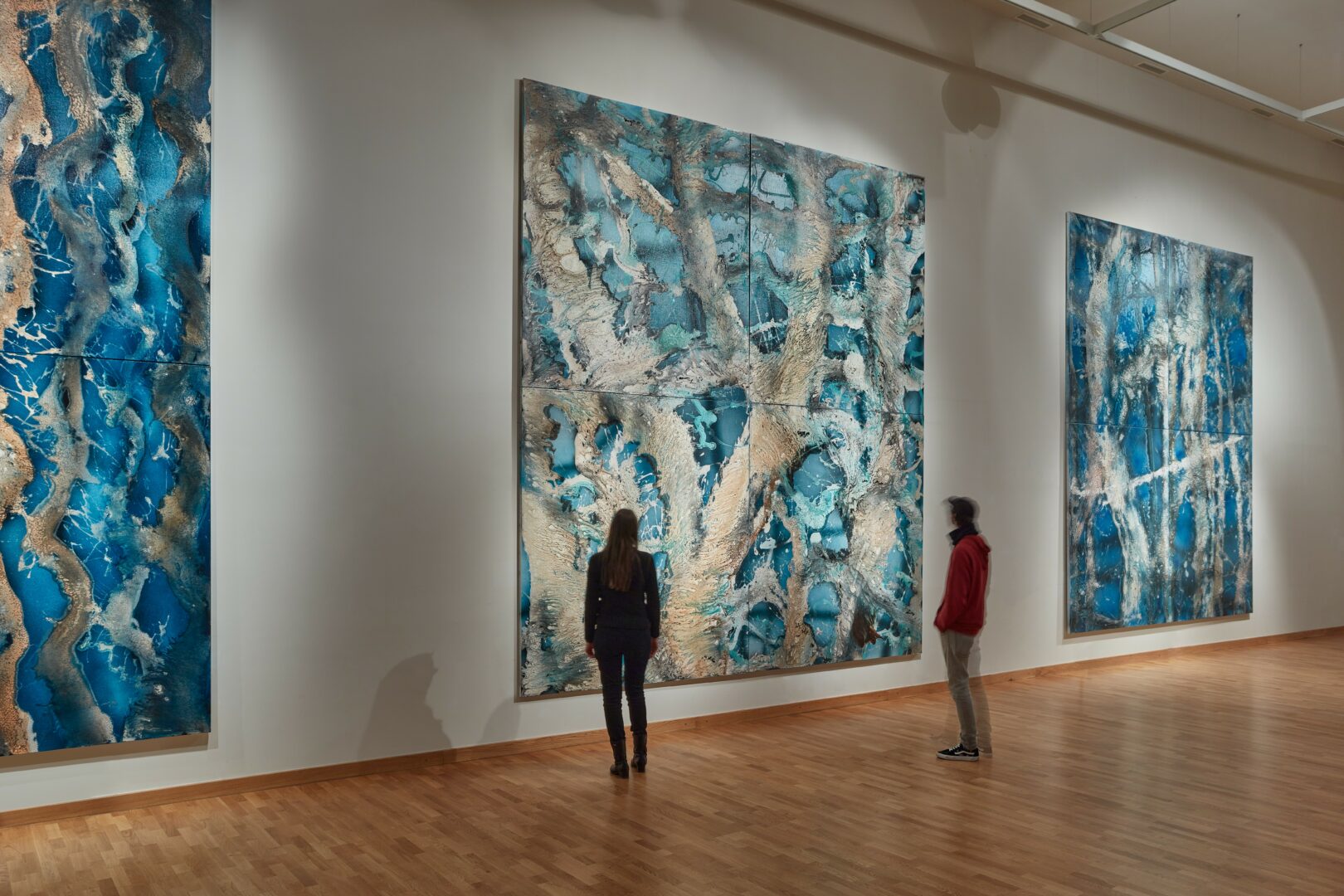
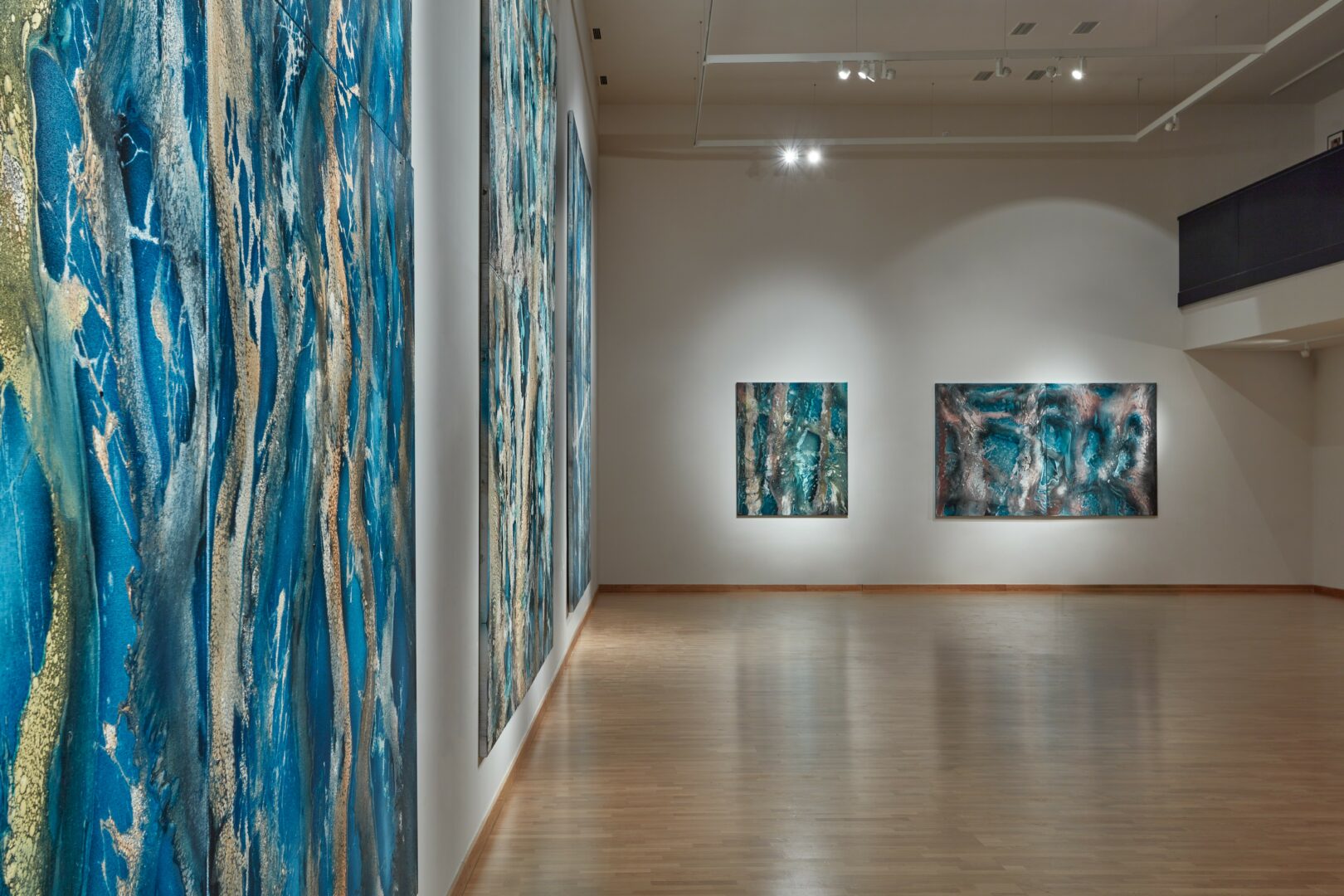
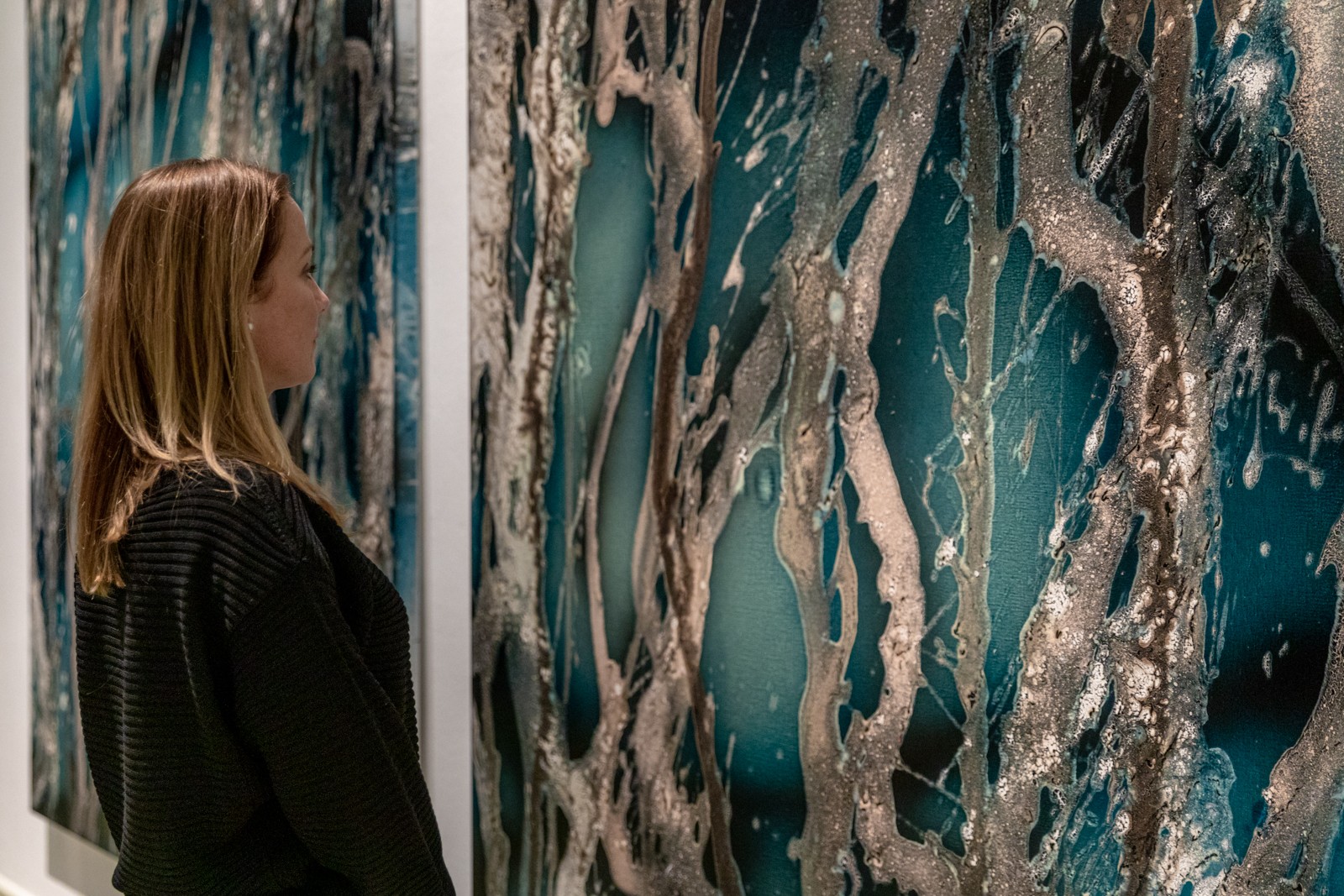

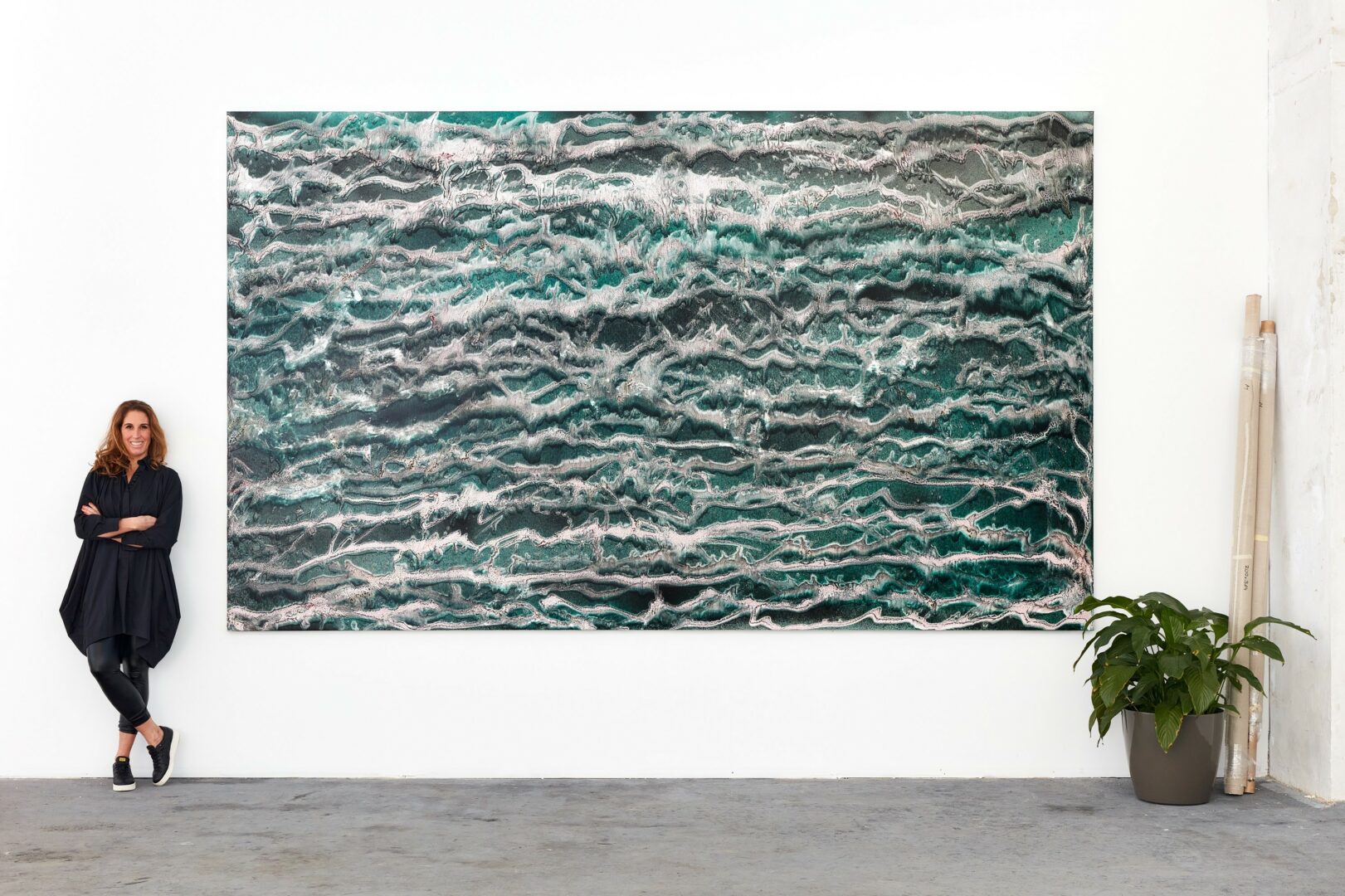

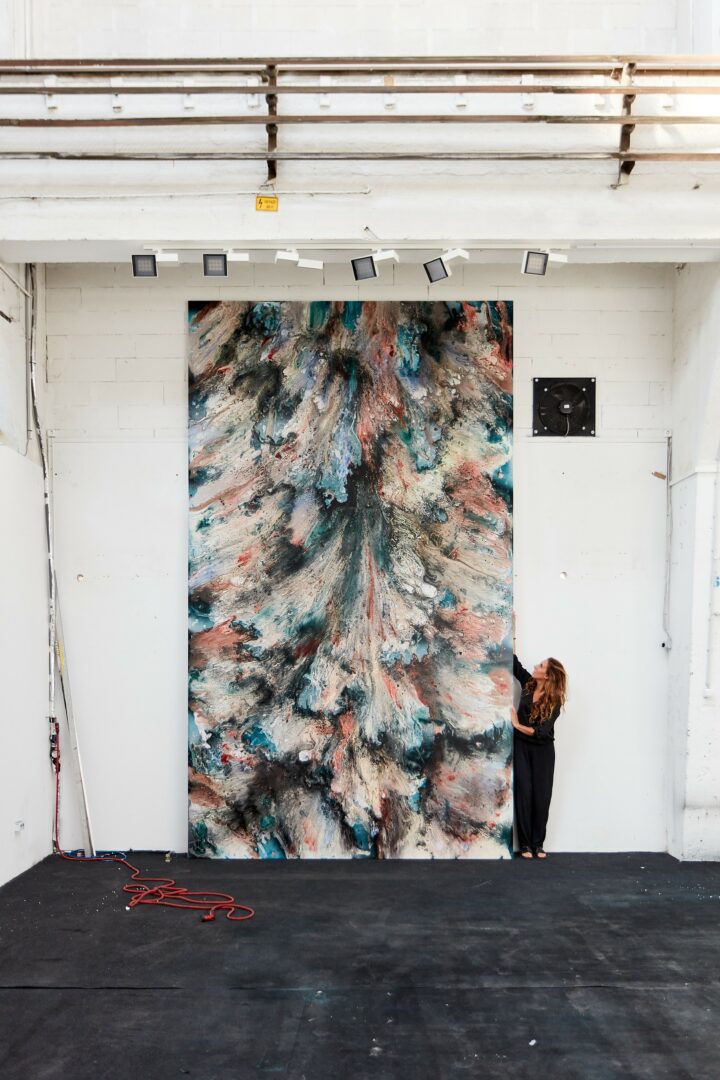
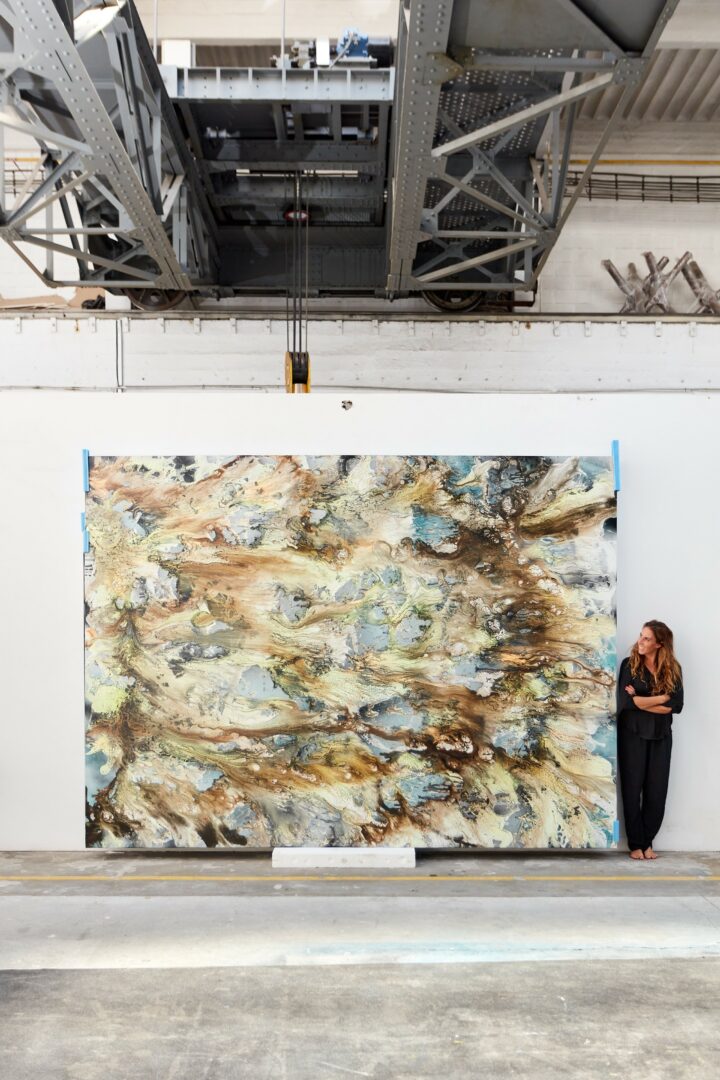
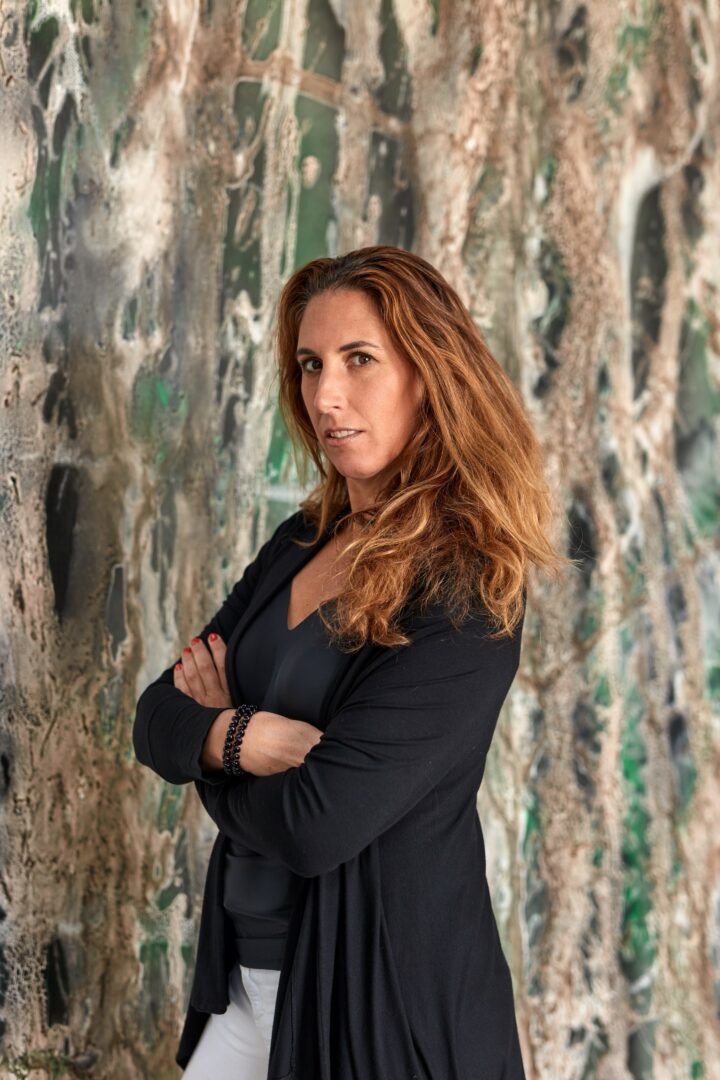

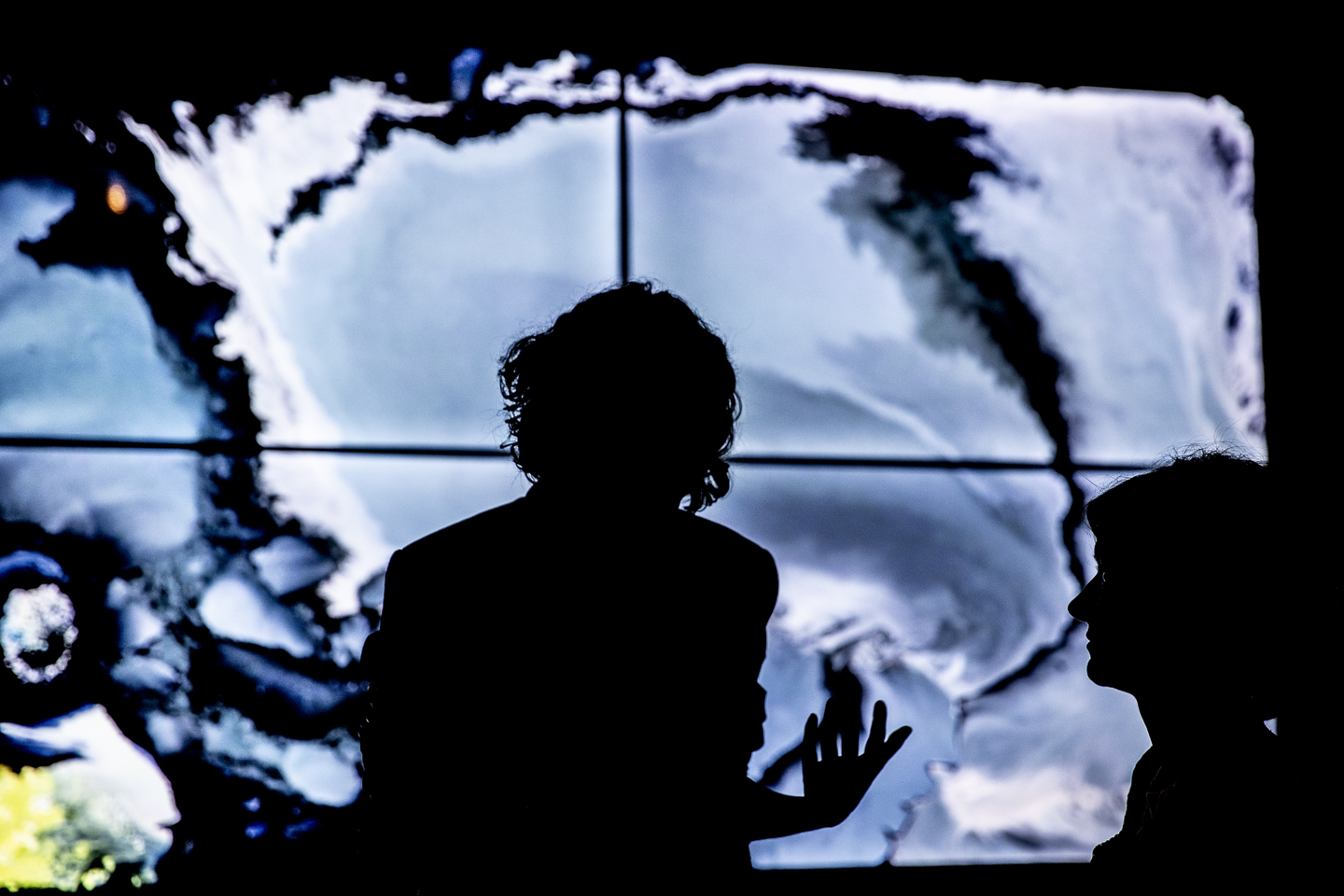
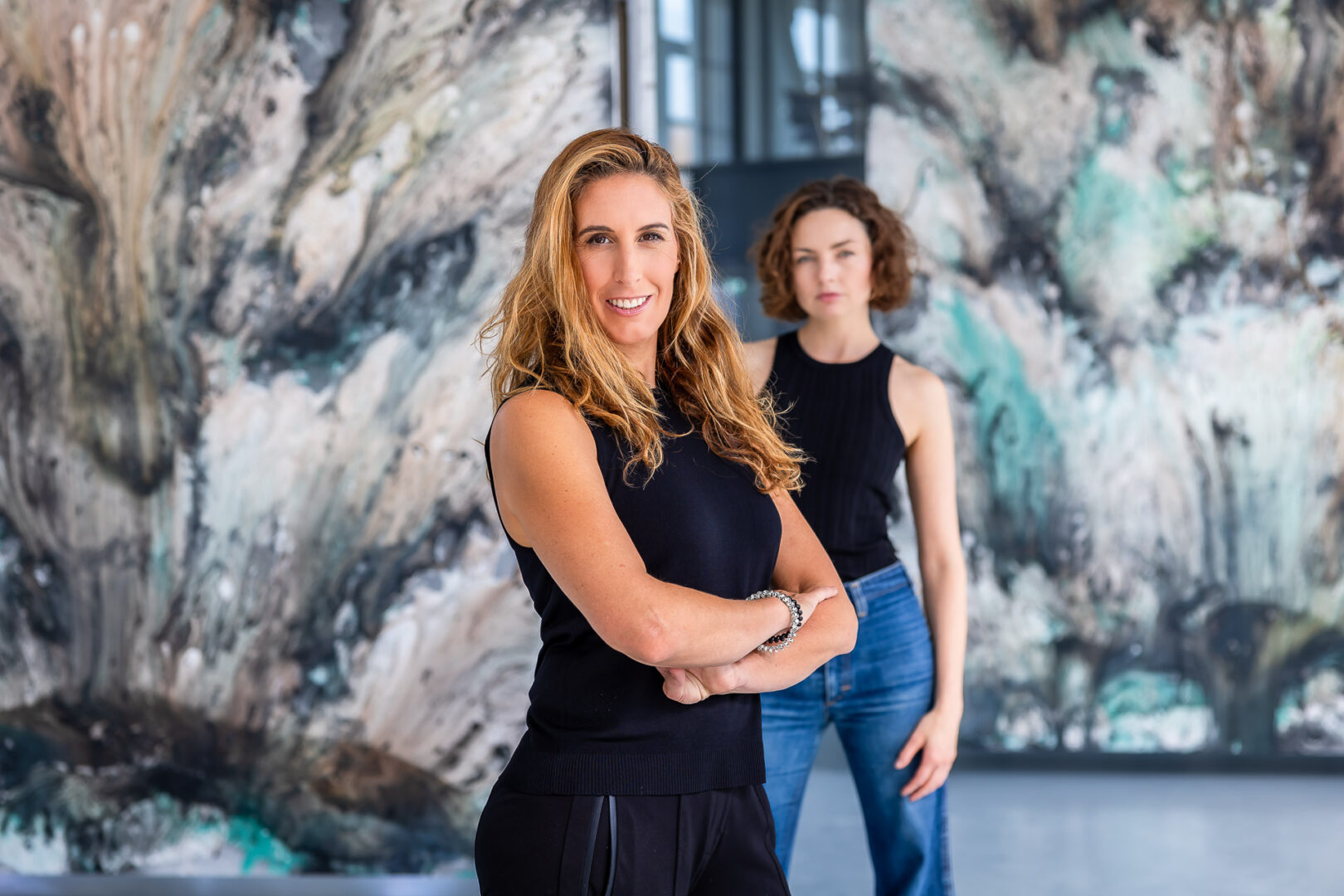
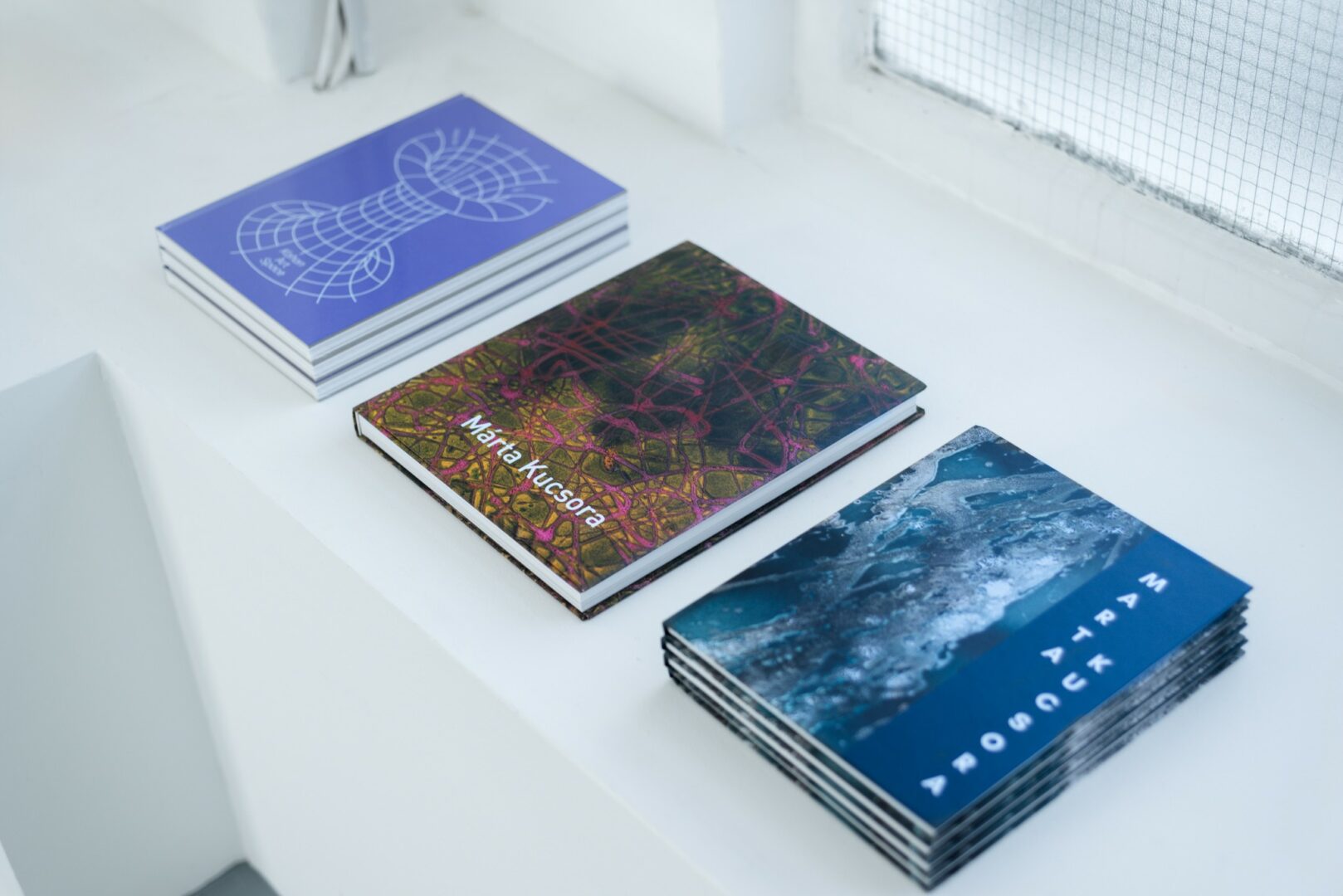
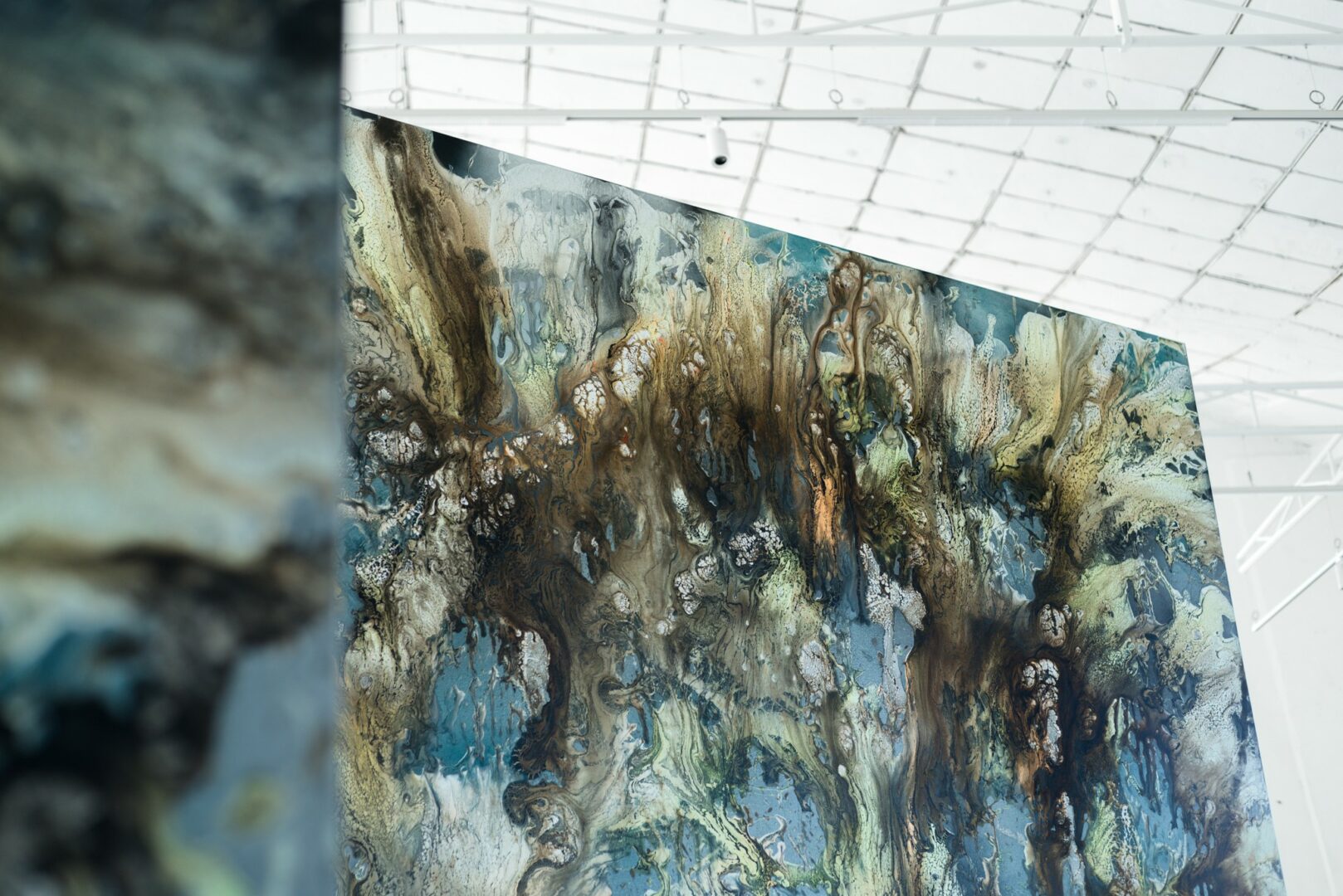


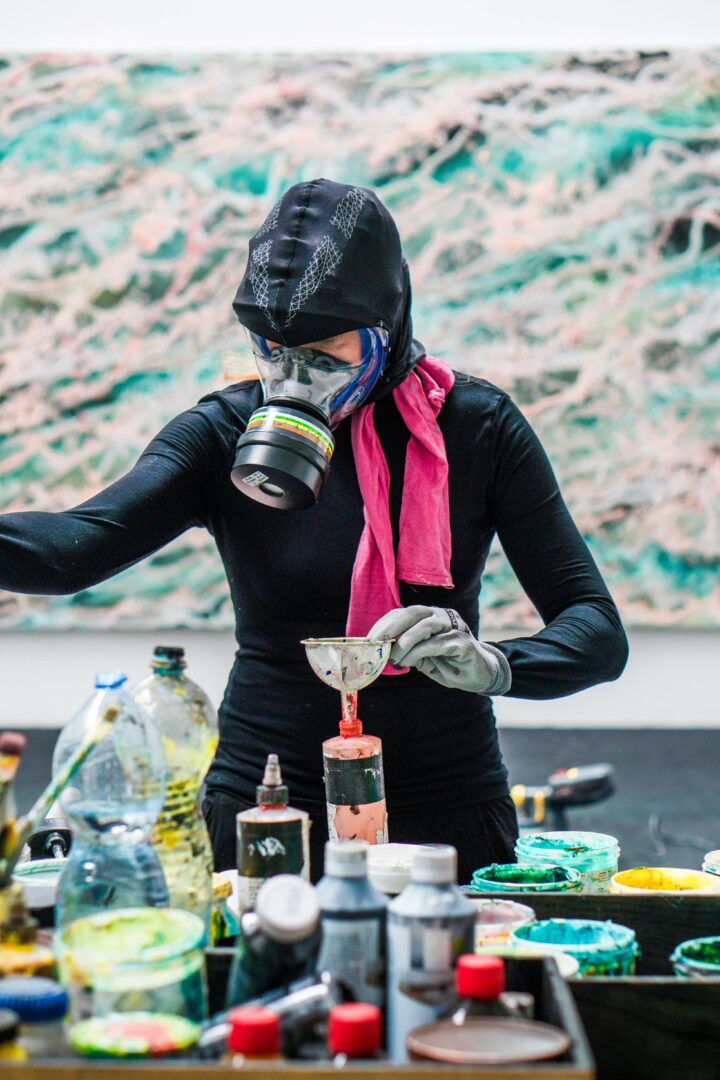
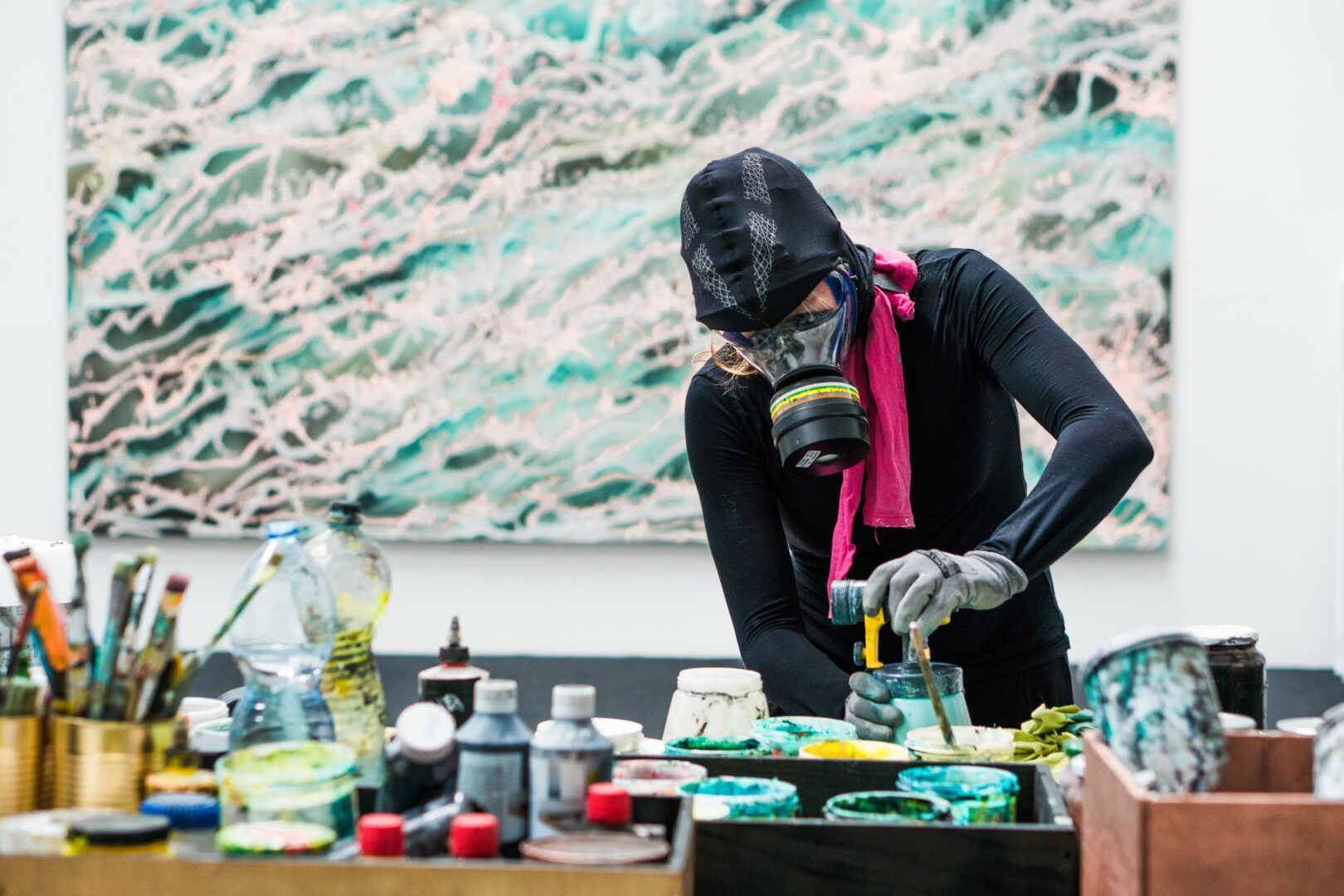
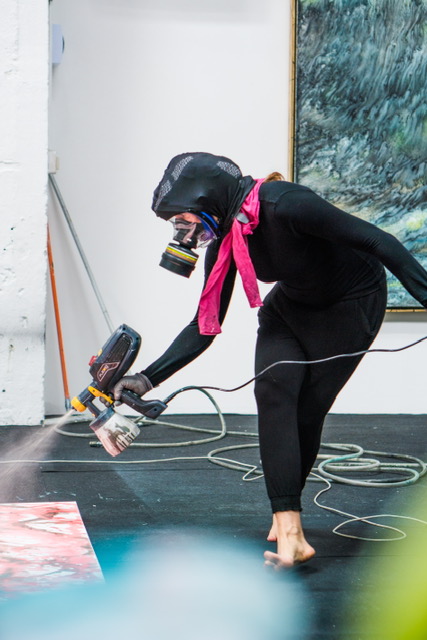


Image Credits
Photo Credits to Orsi Egressy, Reka Hegyhati, Colin Welch, David Biro
so if you or someone you know deserves recognition please let us know here.

